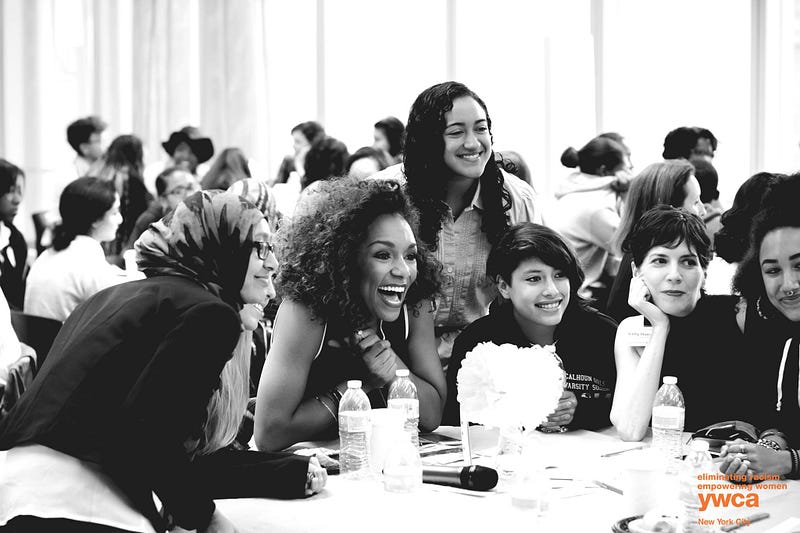
Retaining more women in STEM is not only a matter of economic demand but also one of gender equity and freedom.
The mission of the YWCA of the City of New York (“YWCA”) can be summed up in 5 words: eliminating racism and empowering women. Fueled by that mission, the YWCA offers STEAAM (Science, Technology, Engineering, Arts, Activism and Math) as an expanded approach — grounded in dignity and self-determination — to more traditional approaches to STEM (Science, Technology, Engineering and Math) education.
And they’ve just released a new study “Welcome to the YWSTEAAMocracy ‘The Future of STEM is Inclusive’”.
The conclusion? Not surprisingly — significant work still needs to be done.
The YWCA study is framed around three overarching questions:
- What are women and girls experiencing inside the classroom?
- What are women and girls seeking outside the traditional class- room?
- What can we do to reform workplace environments and STEM culture as a whole?
At quick glance, here’s how the classroom / extra-curricular disconnect plays out:
Inside the classroom, women and girls are experiencing
- non-inclusive class- room environments;
- minimal social applications for STEM learning;
- social isolation and limited opportunities to build community;
- limiting leadership opportunities;
- race and gender bias and micro aggressions; and
- primarily single-discipline teaching methods.
Outside the classroom however, extracurricular programs provide
- communities and near-peer mentoring;
- real-world applications to learning;
- exposure for girls to diverse role models and clear career pathways;
- leadership opportunities and skill development via collaborative projects; and
- STEM activities that link to social impact.
Peers, real-world, role models, leadership opportunities — see the education –learning environment disconnect?
And that disconnect results in a growing national economic crisis. From the YWSTEAAM report:
- American economy needs 1 million more STEM graduates by 2022 for the country to retain its preeminence in scientific innovation. To meet this goal, the number of STEM graduates must be increased by 34% annually.
- Women now earn as many degrees in biology, chemistry, and math as men, but only 12% of computer science degrees.
- Women only earn 19% of bachelor’s degrees in engineering. The attrition rate for women leaving high-tech companies is 56%.
“Many young girls do not pursue careers in engineering, computer science and physics because they do not see a strong relationship between what one does in these careers and the kinds of things they would like to accomplish in their careers.” — Dr. Jacquelynne Eccles, University of California, Irvine
To counter the false and too widely-held misconception that “girls just aren’t interested in learning science”, the YWSTEAAM report makes these recommendations:
- Drop it. The “sexism isn’t a problem anymore” or “sexism isn’t a problem here” attitude, that is. Holding onto this myth tells girls that nothing is holding them back and that when they experience career hardship, it’s their fault (of course).
- Make it real! Educators can more actively engage female students by connecting scientific or mathematical concepts to real-world examples and problems.
- Get creative. As the report states “If science is about discovery and science is everywhere, then STEM education should engage students’ quantitative skills in harmony with their critical thinking and verbal skills.”
- It’s an inter-related world. From the report “For students to see science as part of their world, educators must give them opportunities to discuss science in broader social contexts and examine science’s relationship to social justice, oppression, and power.”
- Recognize implicit bias exists in the classroom — then start to do something about it.
- Adopt gender-inclusive teaching practices. From the report, “[r]esearch shows that teachers tend to “choose classroom activities that appeal to boys’ interests and to select presentation formats that disparately promote learning in boys.”
- Peers needed! Research highlighted in the report shows that “women of color who joined a major-related club (e.g. Society of Women Engineers, National Society of Black Engineers, etc.) and discussed course content with peers outside of class could draw support from a peer group and were signicantly more likely to persist in STEM”.
Find the full report on the YWCA of the City of New York’s website.


